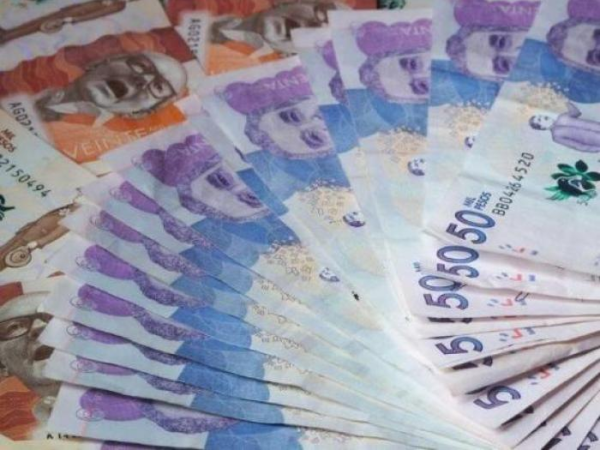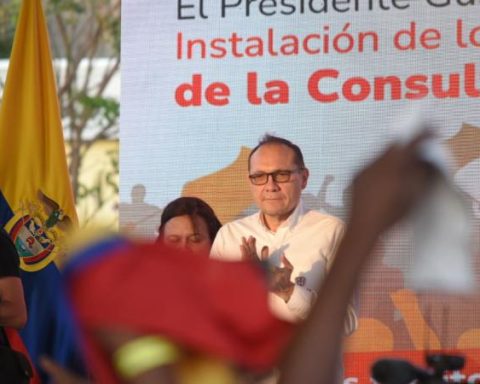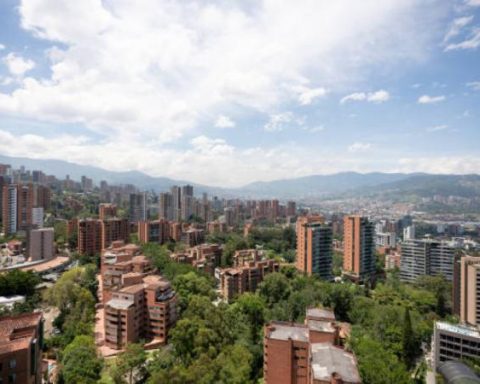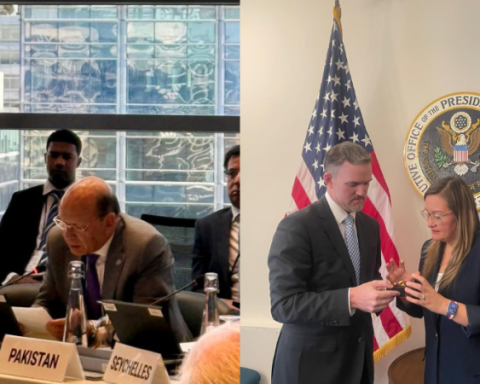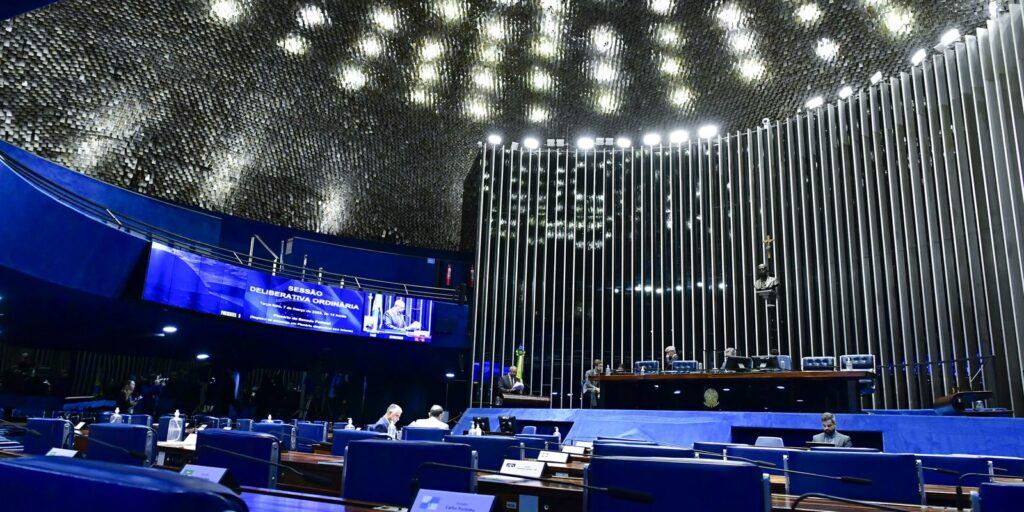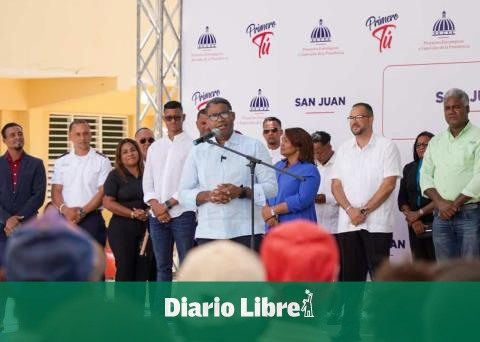
After the council of ministers that was held this Monday, March 6, the National Government decided to raise investment with future validity from 0.6% to 0.8% of GDP for infrastructure.
(More than 20% of the Invías roads are unpaved).
This was announced by President Gustavo Petro, through his social networks, where he also assured that This increase means more or less 20 trillion pesos additional investment in infrastructure with private competition for the next 10 years.
“Last night I had fun when I invited my council of ministers, which had been meeting for 5 hours, to delve into public finance mathematics. Mathematics late at night are cool. We decided to raise GDP from 0.6 to 0.8 investment with future validity”, wrote the president.
Last night I had fun when I invited my council of ministers, which had been meeting for 5 hours, to delve into public finance mathematics. “Chéveres” mathematics late at night.
We decided to raise investment with future validity from 0.6 to 0.8 of GDP
— Gustavo Petro (@petrogustavo) March 7, 2023
The commitments under this affect the budgets of future fiscal periods and do not require appropriation in the budget of the period in which the authorization is granted.
Some days ago the National Government gave details of an ambitious infrastructure plan for more than $84.8 billion, which seeks to improve the competitiveness and productivity indicators of the country and, at the same time, generate a balance in the demand of the modes.
(And what about the operators? Petro’s idea for internet in remote areas).
Of all the money, 50 billion pesos will go to public-private concession projects; 28.2 trillion pesos for the intervention of non-concession roads; 4 billion pesos will be for the strengthening of port areas, the maintenance of rivers and the development of the Magdalena River; and 2.6 trillion pesos for air connectivity.
With these initiatives, the Government seeks to consolidate intermodality and facilitate trade, reducing logistics costs and times. These costs today represent 12.6 percent of sales and it is expected that by 2030 this value will reach 9.5 percent, which would boost competitiveness against other countries.
Bearing in mind that 70 percent of the sector’s resources are already committed in future terms, the Ministry of Transportation will go to other sources of financing such as the General Budget of the Nation, royalties, works for taxes, fees and considerations, valuation and toll collection.
ECONOMY AND BUSINESS
